Spring cleaning frequently results in homeowners and parents feeling conflicted. They acknowledge its necessity for a neat, well-ordered home, yet hesitate to commence such a comprehensive task.
The idea of thoroughly cleaning every corner can feel overpowering due to the time and labor required.
Nevertheless, taking a structured approach can significantly decrease both time and effort necessary for spring cleaning. This “Efficient Spring Clean Your House” guide provides practical advice for compartmentalizing this substantial task into feasible steps.
It proposes making checklists and cleaning tips for each room that can simplify the tidying process. Get ready to witness your home’s transformation.
The guide reinforces efficient tactics such as drafting detailed spring cleaning checklists, utilizing effective cleaning solutions, and employing time-saving techniques. By honing in on household chores in a methodical manner – managing them room by room with helpful organizing advice – the process becomes easier to understand.
This method guarantees that decluttering, organizing, and deep cleaning tasks are done in detail yet swiftly.
Beyond the basic housekeeping recommendations, the guide launches into creative cleaning shortcuts meant to optimize the daily routine of preserving a clean home environment after spring clean-up activities.
These strategies improve efficiency in handling household cleanliness not just for the spring season but continuously.
With this concentrated strategy on tidying up through strategic planning and execution of household chores from top to bottom using proven methods; and combining necessary tools like effective organizing advice with powerful cleaning products the project that once seemed unattainable becomes significantly more manageable.
Key Takeaways
- Making a detailed checklist and decluttering before cleaning simplifies the spring cleaning process, making it more manageable.
- Essential tools for efficient spring cleaning include microfiber cloths, a good vacuum cleaner, sponges, and natural cleaning solutions like vinegar and baking soda.
- Tackling each room with specific goals – such as washing bedding in the bedroom or scrubbing tiles in the bathroom – ensures thorough cleanliness throughout the home.
- DIY cleaning hacks like using lemons for soap scum or baking soda to refresh carpets can offer eco-friendly alternatives to harsh chemicals.
- Regular maintenance tasks during spring cleaning, such as checking fire alarms and using safe cleaning products, prioritize household safety.
Essential Materials for Spring Cleaning

House owners and parents need the right tools for efficient spring cleaning. Here’s what you’ll need:
- Microfiber cloths catch dust and clean without scratching surfaces.
- Scrub brushes with strong bristles tackle tough grime on tiles.
- A broom, dustpan, and mop keep floors looking their best.
- Vacuum cleaners with attachments reach into carpets and corners easily.
- Sponges in soft and abrasive varieties handle different cleaning tasks well.
- Buckets hold cleaning solutions and make carrying supplies easy.
- Rubber gloves protect hands from harsh chemicals.
- Cleaning caddies keep your supplies organized and within reach.
- All-purpose cleaner works wonders on several types of surfaces.
- Glass cleaners ensure windows and mirrors are streak-free.
- Disinfectant wipes or sprays kill germs on frequently touched areas like doorknobs.
- Extendable dusters remove cobwebs in hard-to-reach places.
- White vinegar & baking soda offer natural solutions for many cleaning jobs.
- Trash bags and recycling bins are crucial for getting rid of clutter.
With these items, tackling any household chore during spring becomes a breeze.
General Tips for Efficient Spring Cleaning

When approaching efficient spring cleaning, begin by making a checklist to remain organized. Before delving into cleaning, decluttering each room will ensure a more manageable process.
Create a checklist

Start your spring cleaning with a detailed checklist. Homeowners should jot down every chore, from dusting to window washing. This tactic ensures not a single spot is missed during the clean-up.
Experts recommend organizing this list by room or task type for better control.
A well-prepared spring cleaning checklist aids in scheduling. It lets people gauge the time needed for each job and distribute tasks over several days or weeks. This strategy eases the burden of work, making it manageable alongside family or leisure activities.
Declutter before cleaning

Initiate by creating a spring cleaning inventory. Then, take on the task of sorting through items before stepping into thorough cleaning to make your process more manageable. The act of clearing out unused or old items from each room facilitates a more detailed cleaning.
Make sure to sift through things like outmoded magazines, damaged objects, and garments you no longer use. This action aids in expanding space and eases the task of arranging the remaining articles.
While sorting, strive to donate or reuse as much as you can, a practice that aids both the environment and those in need all while improving your living quarters. Classify belongings into groups such as “retain,” “donate,” and “discard” to oversee the task efficiently.
With minimal clutter obstructing, cleaning becomes swifter and reaching all corners enhances noticeably.
Residing in a sorted home also decreases tension levels since everything has its allotted place, facilitating an easy search when you require something promptly.
Work room by room
To efficiently spring clean, work room by room. Begin with the kitchen, focusing on cleaning appliances, cabinets, and countertops. Scrub tiles and disinfect surfaces in the bathroom to ensure a thorough clean.
In the bedroom, washing bedding and organizing closets can make a significant difference. Dust light fixtures and freshen carpets in the living room for an inviting atmosphere. Lastly, power wash patios and maintain gutters in outdoor spaces to complete the process.
By tackling each space separately, it’s easier to stay organized and achieve a deep clean throughout the entire house. This approach ensures that no area is overlooked while maintaining efficiency.
What to Clean in Every Room
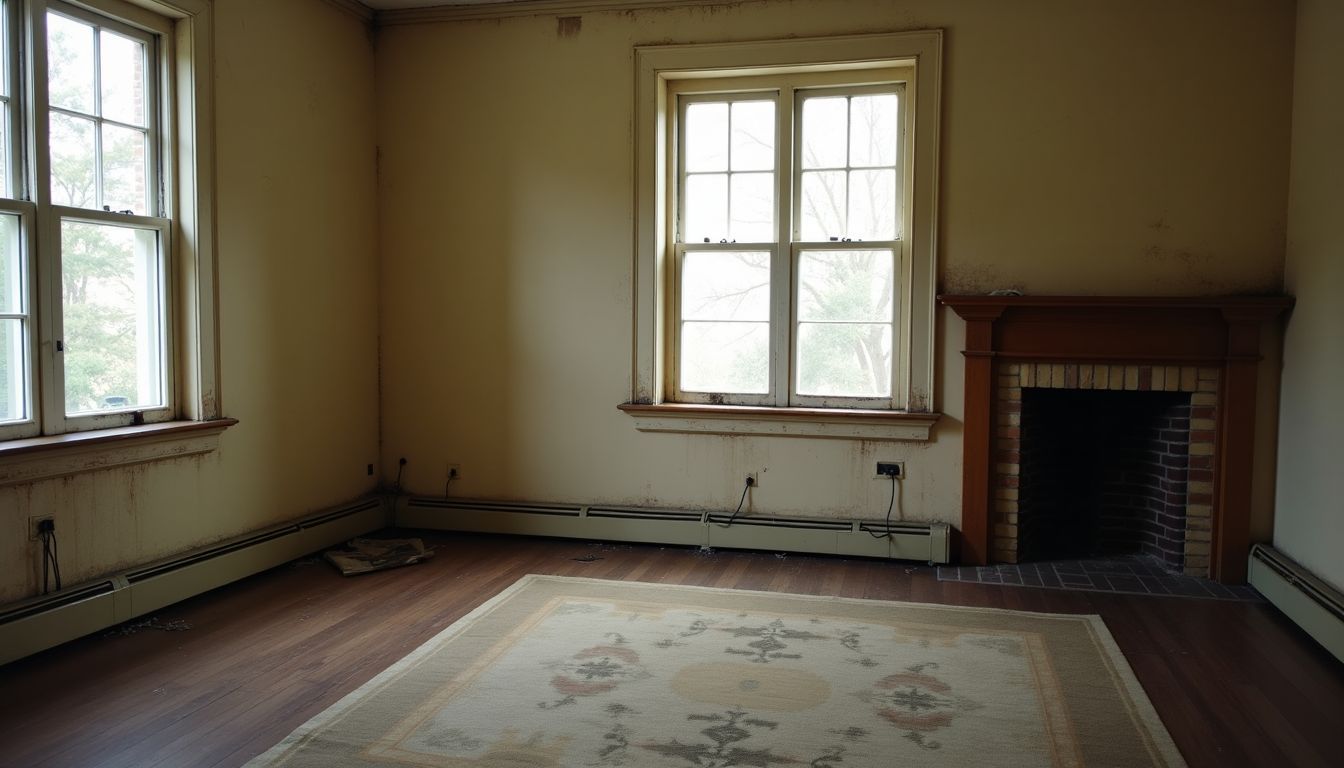
Clean baseboards and walls, dust and vacuum furniture and surfaces, mop floors and shampoo rugs, polish metal fixtures, wash window screens and clean window tracks for a fresh home – read more!
Clean baseboards and walls
House owners and parents may not realize how crucial it is to clean baseboards and walls, but dedicating some attention to this task can produce significant outcomes. These areas gradually amass dust, dirt, and grime, which not only diminish the visual appeal of a room but also contribute to indoor air pollution.
Baseboards often trap pet hair, dust mites, and other allergens that may impact family members with allergies or respiratory issues. By regularly wiping down baseboards and walls with a damp cloth to eliminate accumulated dust and using a mild cleaner when necessary, such as a gentle detergent solution or a mix of vinegar and water, one can uphold a generally healthier indoor environment for their loved ones.
Overlooking these surfaces might lead to more frequent repaints due to the discoloration caused by dirt buildup. Consistently cleaning baseboards and walls not only averts this but also prolongs the lifespan of paint finishes while bringing more radiance to living spaces.
Moreover, it offers individuals peace of mind, assuring them that they are providing clean surroundings for their families.
Dust and vacuum furniture and surfaces
Once the baseboards and walls are clean, it’s time to focus on dusting and vacuuming furniture and surfaces. This step not only freshens up the space but also removes allergens and dust mites that can cause respiratory issues.
Using a microfiber cloth, carefully wipe down all furniture surfaces, including tabletops, shelves, and cabinets. Follow this up with thorough vacuuming of upholstery, carpets, and rugs using an appropriate attachment to ensure a deep clean.
These essential tasks significantly contribute to maintaining a healthy indoor environment for your loved ones.
After finishing this vital step in the spring cleaning process, consider using natural products like baking soda or vinegar-based solutions for further sanitization without harsh chemicals.
Regular maintenance with these practices can enhance the longevity of your furniture while ensuring a clean living space for all household members.
Mop floors and shampoo rugs
After dusting and vacuuming furniture and surfaces, it’s time to tackle the floors and rugs. Begin by mopping all hard floors using a suitable cleaner or solution. Take extra care to reach into corners and along edges where dirt tends to accumulate.
For carpeted areas, consider using a deep-cleaning solution to shampoo the rugs or renting a professional cleaning machine for a thorough refresh. This step not only removes embedded dirt but also helps eliminate allergens that can linger in carpets, contributing to improved indoor air quality.
When mopping floors, ensure proper ventilation in the area being cleaned for effective drying and prevention of mold growth due to excess moisture. Moreover, when shampooing rugs, follow manufacturer recommendations for product application and use appropriate techniques for an even clean without over-saturation.
These simple yet crucial steps will leave your home feeling refreshed and looking its best as part of your efficient spring clean routine.
Polish metal fixtures
House owners and parents can easily enhance the sparkle of their metal fixtures with a few simple steps. Using a soft cloth, apply a small amount of metal polish to the fixture’s surface and gently rub in circular motions.
Allow the polish to dry before buffing it off with another clean cloth for a gleaming finish. This maintenance not only keeps fixtures looking impeccable but also extends their lifespan, contributing to an overall well-maintained home environment.
To maintain an eco-friendly approach, consider using natural cleaning solutions like vinegar or lemon juice that are equally effective at restoring shine without harmful chemicals.
Regularly polishing metal fixtures is crucial as it prevents corrosion and tarnishing, ensuring they remain in top condition for longer periods.
Wash window screens and clean window tracks
Homeowners and parents can maintain their living spaces by washing window screens and cleaning the window tracks regularly. This often neglected task not only improves the appearance of your home but also enhances indoor air quality, preventing the accumulation of dust, pollen, and other allergens in these areas—creating a healthier environment for the entire family.
Regularly cleaning your window screens and tracks also helps prolong their lifespan. The buildup of dirt and debris can cause wear and tear over time if not addressed. By including this in your deep cleaning routine, you can preserve the functionality of your windows while revitalizing the look of your space.
Additionally, it offers an excellent opportunity to inspect for any damage or issues that may require attention.
Room-by-Room Cleaning Guide
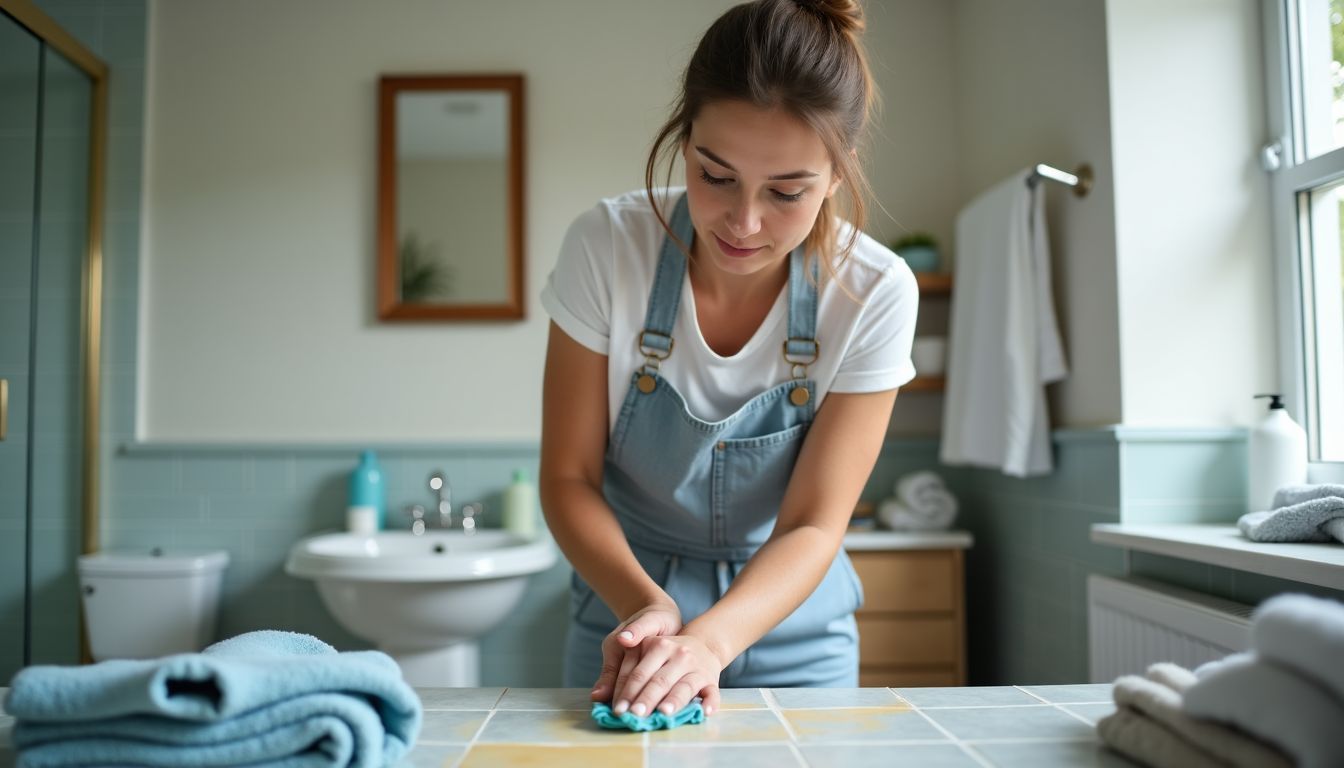
The blog offers a comprehensive Room-by-Room Cleaning Guide, covering specific tasks and techniques for every area of the house. For practical advice on efficient spring cleaning, delve into the detailed tips and tricks.
Kitchen: Clean appliances, cabinets, and countertops
House Owners & Parents can efficiently clean their kitchen appliances, cabinets, and countertops by following a few straightforward steps. Start by removing food items and wiping down the interior of the refrigerator using a mixture of warm water and mild detergent.
For ovens and stovetops, employ an appropriate cleaner to remove grime, grease, and stains effectively. When cleaning cabinets, it’s beneficial to use a soft cloth with warm soapy water to prevent damage to the finish.
Finally, for spotless countertops, consider using a mix of equal parts vinegar and water to sanitize surfaces without leaving behind any chemical residue.
When tackling kitchen cleaning tasks, it’s advantageous for House Owners & Parents to declutter first – disposing of expired food products or unused utensils before initiating the cleaning process.
By focusing on one task at a time in each area like appliances or cabinets will enhance efficiency while maintaining cleanliness throughout the kitchen space.
Bathroom: Scrub tiles, reseal grout, and disinfect surfaces
After efficiently cleaning appliances, cabinets, and countertops in the kitchen, it’s time to shift focus to the bathroom. House owners and parents can save both time and resources by prioritizing regular maintenance and avoiding costly repairs.
By scrubbing tiles with a mild cleaner and resealing grout every six months, one can prevent mold growth while maintaining a fresh appearance throughout the year. In addition, disinfecting surfaces including sinks, countertops, and toilet areas with appropriate sanitizers is crucial for maintaining a hygienic environment.
Ensuring this level of cleanliness not only preserves the appearance but also maintains the overall functionality of these areas within your home. The gathering of helpful tips from various sources has led many homeowners to adopt these practices as part of their daily routine for preserving the beauty and longevity of their homes.
Bedroom: Wash bedding, rotate the mattress, and organize closets
House owners and parents can efficiently spring clean their bedrooms by starting with washing the bedding, rotating the mattress, and organizing closets. Washing beddings weekly in hot water helps eliminate dust mites and bacteria, guaranteeing a cleaner sleep environment for everyone.
Rotating mattresses every three months prevents uneven wear and prolongs its lifespan. Organizing closets declutters the bedroom, making it easier to find items while maintaining an organized space.
By following these simple yet effective tasks, house owners and parents can ensure their bedrooms remain fresh, comfortable, and clutter-free throughout the year.
Living Room: Dust light fixtures, clean upholstery, and freshen carpets
Transitioning from the bedroom to the living room, it’s time to focus on dusting light fixtures, cleaning upholstery, and freshening carpets. Start by dusting the light fixtures with a microfiber cloth or duster.
Then tackle the upholstery – vacuum upholstered furniture thoroughly to remove dust and debris. For freshening carpets, sprinkle baking soda liberally over them and let it sit for 15 minutes before vacuuming thoroughly.
The living room is where families gather and unwind after a long day, making cleanliness essential for a healthy environment. Regularly cleaning these elements helps maintain indoor air quality by reducing allergens while also prolonging the life of your furnishings.
Outdoor Spaces: Power wash patios, clean outdoor furniture, and maintain gutters
Transitioning from indoor to outdoor spaces, homeowners and parents can apply effective cleaning techniques to upkeep their patios, outdoor furniture, and gutters. Utilizing a power washer on the patio not only eliminates dirt but also prevents slippery surfaces that could pose a safety risk for children playing outside.
Consistently cleaning outdoor furniture ensures a cozy spot for relaxation while prolonging its lifespan. Maintaining clean gutters is crucial to prevent water damage to the home’s exterior and foundation during spring showers or heavy downpours.
As part of spring cleaning routines, power washing patios eradicates accumulated grime effectively, guaranteeing a safe play area for kids. Cleaning outdoor furniture safeguards investments and preserves a welcoming ambiance for family gatherings outdoors.
Regular maintenance of gutters shields against potential water damage, maintaining the integrity of the house structure during rainy seasons.
Spring Cleaning Hacks
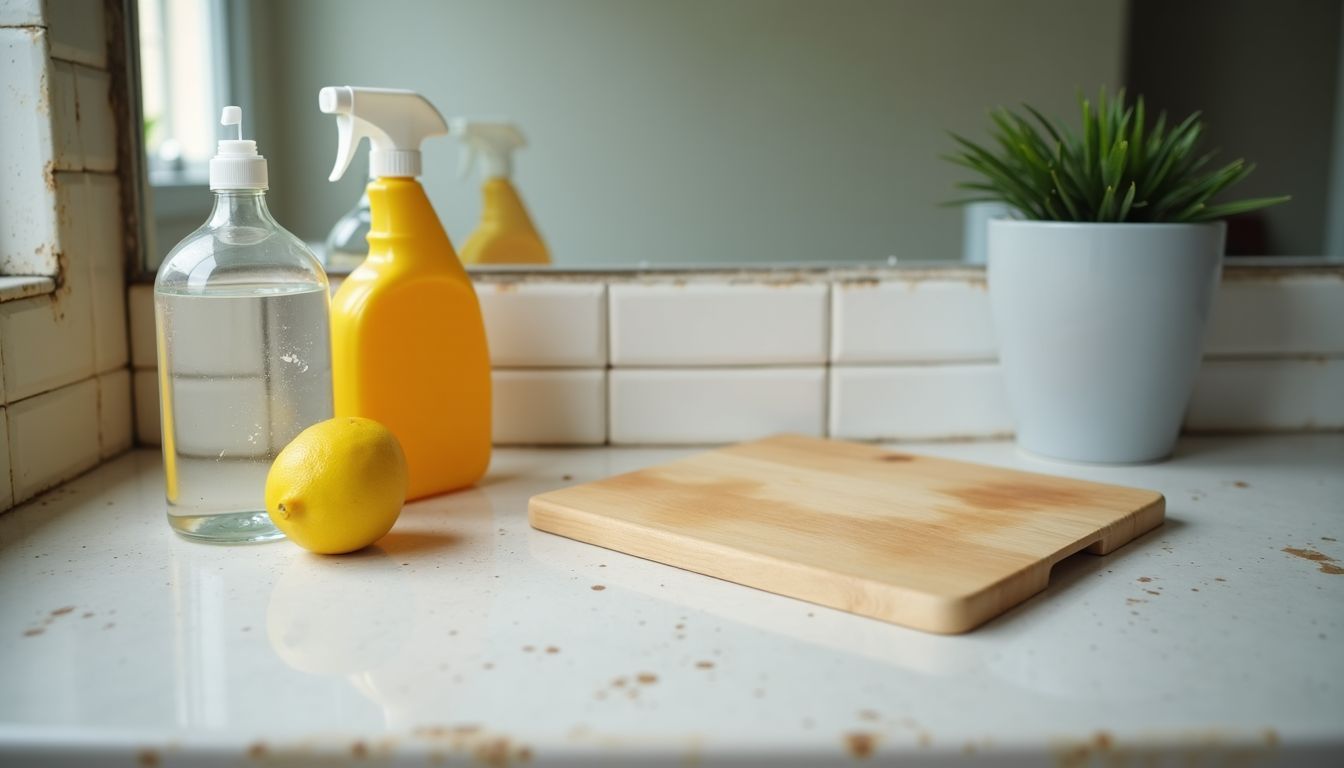
Make your own all-purpose cleaner using vinegar and water, use lemon to tackle cutting board stains and soap scum, or refresh carpets with baking soda. To explore more spring cleaning hacks that can simplify your chores, delve into the full article for a tidier home this season.
Make your own all-purpose cleaner
House owners and parents can craft their own all-purpose cleaner with just a few simple ingredients. Blending equal parts of white vinegar and water in a spray bottle, along with a few drops of essential oil for fragrance, produces an efficient and safe cleaning solution for various surfaces.
This DIY cleaner is not just budget-friendly but also eco-friendly, as it avoids the harsh chemicals found in many commercial products.
Utilizing this homemade all-purpose cleaner on countertops, sinks, and other household surfaces offers reassurance that no harmful residues are left behind, making it ideal for homes with children or pets.
Moreover, the antibacterial properties of white vinegar make it particularly skilled at disinfecting areas like kitchen countertops where germs may lurk. By crafting their own all-purpose cleaner, homeowners gain peace of mind while effectively addressing their cleaning tasks.
Transitioning to “Use lemon for cutting boards and soap scum”, homeowners can leverage the natural power of lemons to clean everyday items in their households.
Use lemon for cutting boards and soap scum
To add a refreshing touch to cleaning routines, homeowners and parents can utilize the natural power of lemons. Lemons are an excellent eco-friendly substitute for tackling tough grime on cutting boards and soap scum in bathrooms.
The citric acid in lemons serves as a natural bleach, effectively breaking down stains and disinfecting surfaces while leaving behind a fresh, citrusy scent. By rubbing half a lemon on cutting boards or mixing lemon juice with baking soda to create a paste for scrubbing soap scum, individuals can achieve sparkling results without harsh chemicals or overpowering odors.
Lemon’s antimicrobial properties offer added reassurance when addressing hygienic concerns in both food preparation areas and bathrooms. Research has shown that citric acid has antibacterial effects against common pathogens, making it an attractive option for households seeking safe yet effective cleaning solutions.
Moreover, lemons are readily available year-round and provide cost-effective versatility in addressing various household cleaning challenges.
Refresh carpets with baking soda
Refresh carpets with baking soda by sprinkling a generous amount over the carpet, making sure to cover the entire surface. Leave it on for at least 15 minutes or overnight for deeper cleaning, then vacuum thoroughly.
Baking soda effectively absorbs odors and lifts stains from carpets, leaving them fresh and clean for a healthier living environment.
Once your carpets are refreshed with baking soda, you can proceed to the next step in your spring cleaning journey – tackling those hard-to-reach spots behind furniture and appliances.
Next up: “Clean toys and pillows in the washing machine
Clean toys and pillows in the washing machine
House owners and parents can efficiently clean their children’s toys and pillows by placing them in the washing machine. This method not only saves time but also ensures thorough cleaning, eliminating dirt, dust mites, and bacteria.
Prior to washing, it’s crucial to check the care label for specific instructions regarding temperature and cycle settings relevant to each item.
The washing process effectively removes debris from plush toys, ensuring that they are hygienic for children. Additionally, washing pillows on a regular basis helps maintain their cleanliness as well as extends their lifespan.
These simple yet effective steps significantly contribute to creating a healthier living environment for families while minimizing exposure to allergens and germs.
Safety Tips During Spring Cleaning
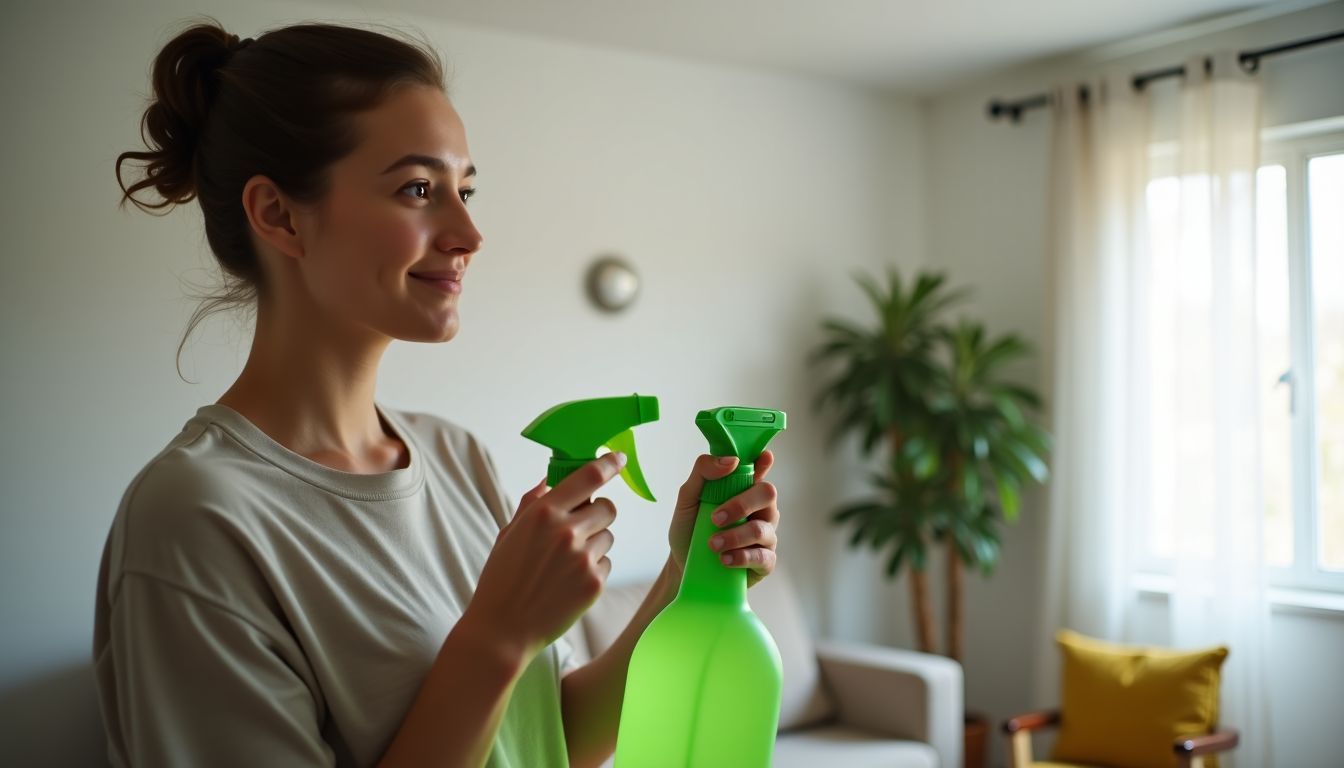
Ensure fire alarms and extinguishers are functioning. Always use eco-friendly and safe cleaning products to protect the household environment.
Check fire alarms and extinguishers
It is vital for homeowners and parents to understand the importance of regular checks on fire alarms and extinguishers as per safety guidelines. According to data from the U.S. Fire Administration (USFA), around three out of five home-fire deaths occur in properties without working smoke alarms.
Properly installed and maintained smoke alarms play an integral role in reducing home-fire fatalities so participating in these precautionary measures can prove pivotal. Moreover, having at hand fully functional multipurpose fire extinguishers not only complies with safety standards but also ensures households are adequately prepared for potential emergencies involving small fires caused by cooking accidents or electrical malfunctions.
Use eco-friendly and safe cleaning products
House owners and parents should prioritize using eco-friendly and safe cleaning products while spring cleaning. Switching to these products enhances the living environment and reduces the environmental impact.
Many conventional cleaners contain harmful substances that contribute to indoor air pollution and may cause respiratory issues, especially in children. Opting for natural alternatives such as vinegar, baking soda, and citrus-based cleaners can effectively tackle dirt and grime without posing health risks.
Choosing eco-friendly options supports sustainable practices as they are often biodegradable and packaged with recyclable materials.
To emphasize the importance of eco-friendly choices, it’s essential to highlight that some traditional cleaning agents contain compounds linked to adverse health effects such as asthma or allergies.
By making a conscious decision to use safer options, house owners can create a healthier living environment for their families while positively impacting the planet by reducing chemical runoff into water systems and landfills.
Making small changes towards greener cleaning solutions can significantly contribute to overall well-being.
Conclusion
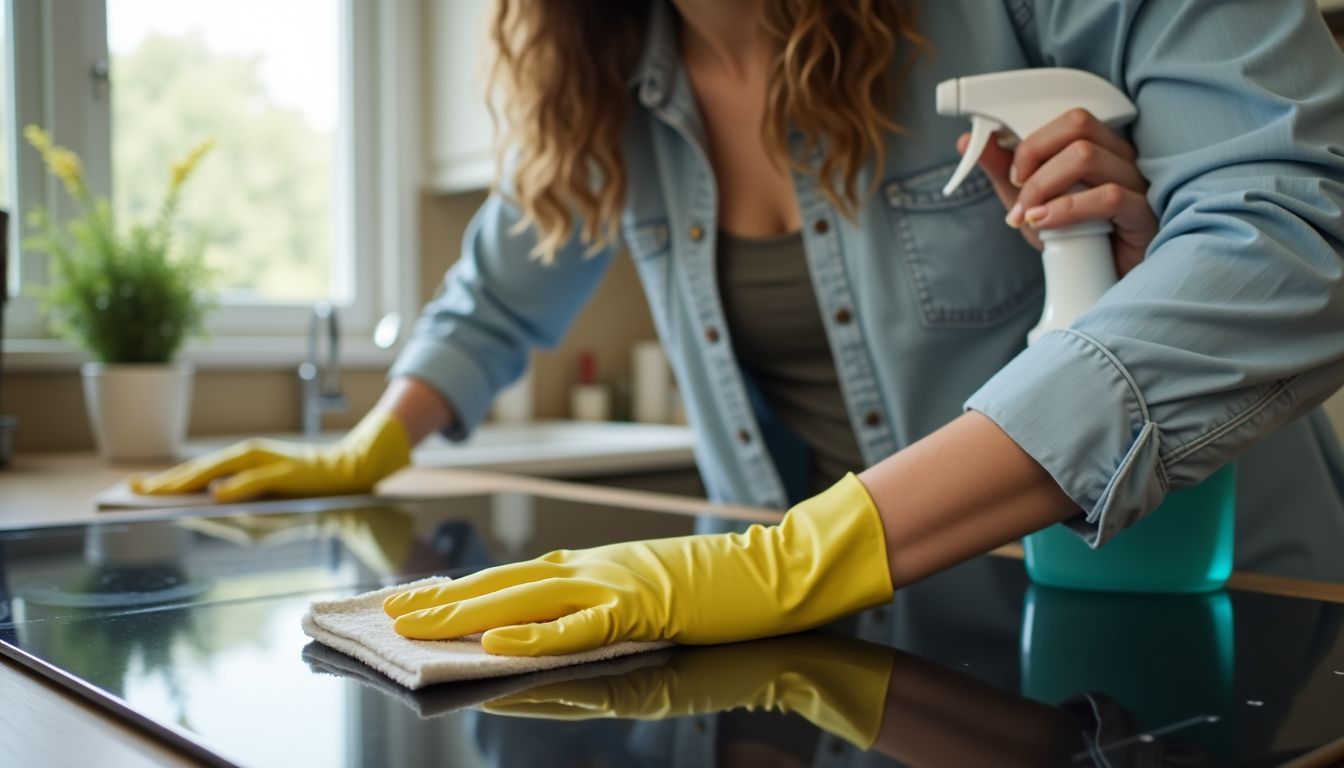
Efficiently refresh your house with these top tips for tidying up. Equip yourself with essential materials and create a checklist to stay organized. Work room by room, addressing baseboards, walls, furniture, and surfaces.
From the kitchen to outdoor spaces, thoroughly clean every corner for a fresh start. Consider trying some spring cleaning hacks such as making your own all-purpose cleaner or using lemon for cutting boards and soap scum.
Prioritize safety by checking fire alarms and choosing eco-friendly cleaning products. With this actionable guidance in mind, homeowners and parents can make spring cleaning a manageable task.
FAQs
1. What are the best tips for spring cleaning my house?
Start by making a plan. Break your home into sections and tackle one area at a time. Use storage bins to organize items and keep surfaces clear. Focus on high-traffic areas first, like the kitchen and living room.
2. How can I make spring cleaning more efficient?
Use a timer to stay focused while you clean. Set short bursts of 20-30 minutes to work, then take breaks. Gather all supplies beforehand so you don’t waste time searching for them during your cleaning session.
3. Should I declutter before or after I clean?
Decluttering should come first. Removing unnecessary items makes it easier to clean surfaces thoroughly. Go through each room and decide what to keep, donate, or throw away before starting with dusting or mopping.
4. What common mistakes should I avoid during spring cleaning?
Avoid trying to do everything in one day; this can lead to burnout and incomplete tasks. Don’t forget about hidden spaces like under furniture or behind appliances that often collect dirt but get overlooked during regular cleaning sessions.


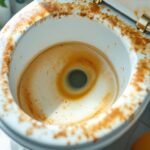

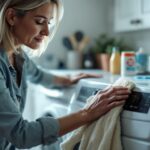

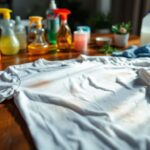


Recent Comments